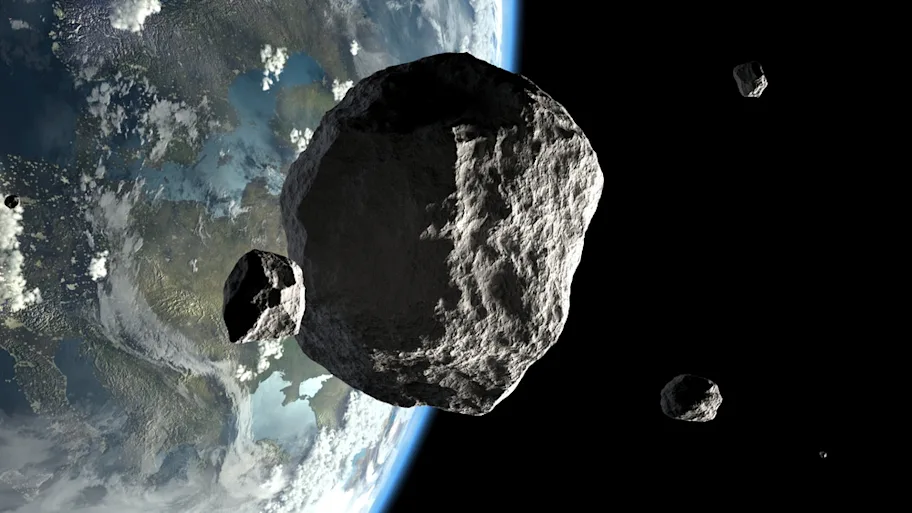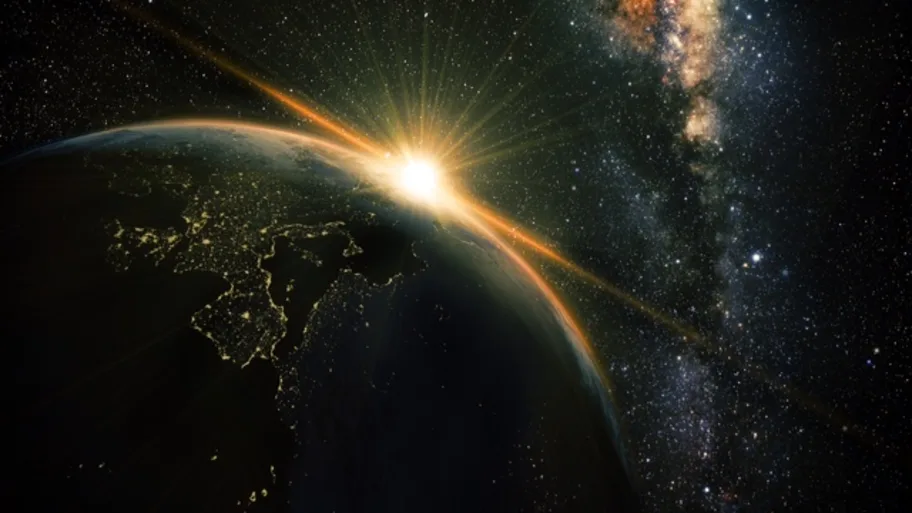
- Science News
- Space sciences and astronomy
- Unravelling the mysteries of the farthest objects of the Solar System
Unravelling the mysteries of the farthest objects of the Solar System

Neptune with objects shot from space, including elements furnished by NASA
Unravelling the mysteries of the farthest objects of the Solar System
Contribute to this new Frontiers in Astronomy and Space Sciences Research Topic which aims to investigate the origins and the main features of trans-Neptunian objects – small celestial objects that orbit the Sun at a greater distance than Neptune.
– by Claudio Bogazzi, PhD, frontiersin.org
Despite humankind’s great successes in understanding the origin and the evolution of the Solar System, there are still many open questions. An answer might come from the observations and studies of the many trans-Neptunian objects that comprise the so-called Kuiper belt.
A new Research Topic, launched in Frontiers in Astronomy and Space Sciences and co-hosted by Dr. Lorenzo Iorio (Ministry of Education, Universities and Research, Italy) and Dr. Patryk Sofia Lykawka (Kindai University, Japan), wants to provide a platform for broad discussion around the recent developments in this exciting field.
Propose your own Research Topic to shine a light on your research.
“The orbital structure of small objects beyond the planet Neptune was unknown until recently. However, it is believed that these celestial bodies may even outnumber asteroids in the main belt (between Mars and Jupiter). We are facing unexpected treasures in terms of physical, chemical, and orbital/dynamical features”, says Iorio.
Trans-Neptunian objects (or TNOs as they are mostly referred to by astrophysicists) are dwarf planets and smaller objects that orbit the Sun at a greater distance than Neptune, the third-most-massive planet and the farthest. Without any doubt, the most famous TNO is Pluto which, until few years ago, was still considered a planet. TNOs are also considered the place of origin for most of the short-period comets.
“The orbital and physical properties of TNOs can also unveil details about how Neptune and other giant planets formed and evolved during the early solar system”, adds Lykawka.
“The space probe New Horizons, launched in January 2006, has been providing us astonishing details about Pluto, which will ultimately expand our understanding on the formation of dwarf planets and other TNOs in the Kuiper belt. However, it is still challenging to explore the Trans-Neptunian region in situ. Given the proximity of short-period comets to Earth, studying and monitoring these objects is absolutely important”, he says.
Astrophysicists are interested in several sub-classes of TNOs, including objects in the Kuiper belt and others located at farther distances. You can think of the Kuiper belt as a wide disc which surrounds the planets of the Solar System, from the orbit of Neptune to approximately 50 AU from the Sun (50 times the distance that separates the Earth from the Sun). It has been theorized that the Kuiper Belt could contain billions of icy bodies that could range in size from small chunks of ice to objects larger than Pluto. And there’s more, “studying certain features of the orbital configuration of some TNOs may even result in the discovery of a true remote planet, tentatively called Planet Nine, whose gravitational pull might explain the improbable orbital configuration of those objects”, conclude the editors.
Understanding the nature of these celestial objects will represent a big step towards a clear explanation of the origin of the Solar System and its planets, Earth included.
REPUBLISHING GUIDELINES: At Frontiers, open access and sharing research is part of our mission. Unless otherwise noted, you can republish our articles posted in the Frontiers blog – as long as you credit us with a link back. Editing the articles or selling them is not allowed.






